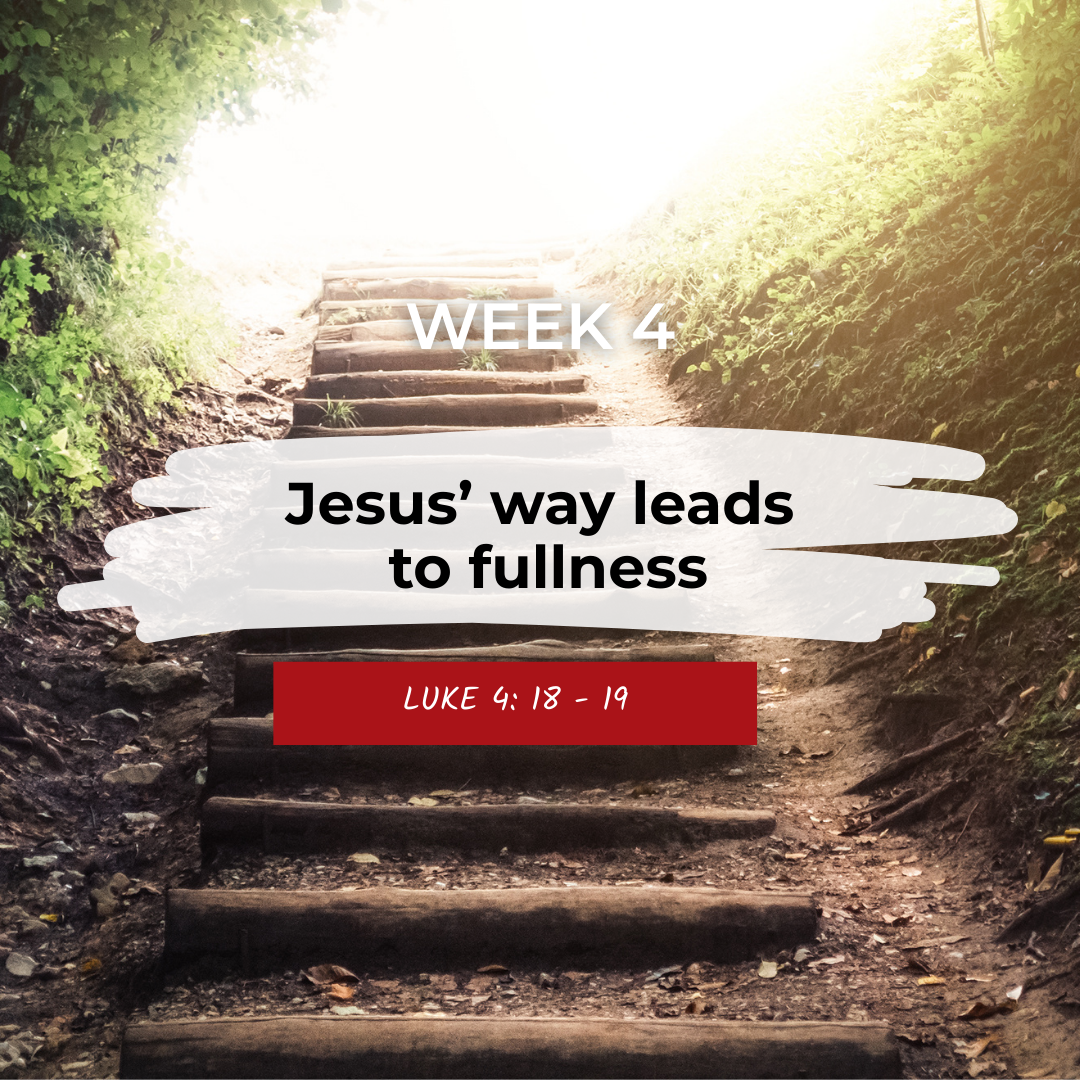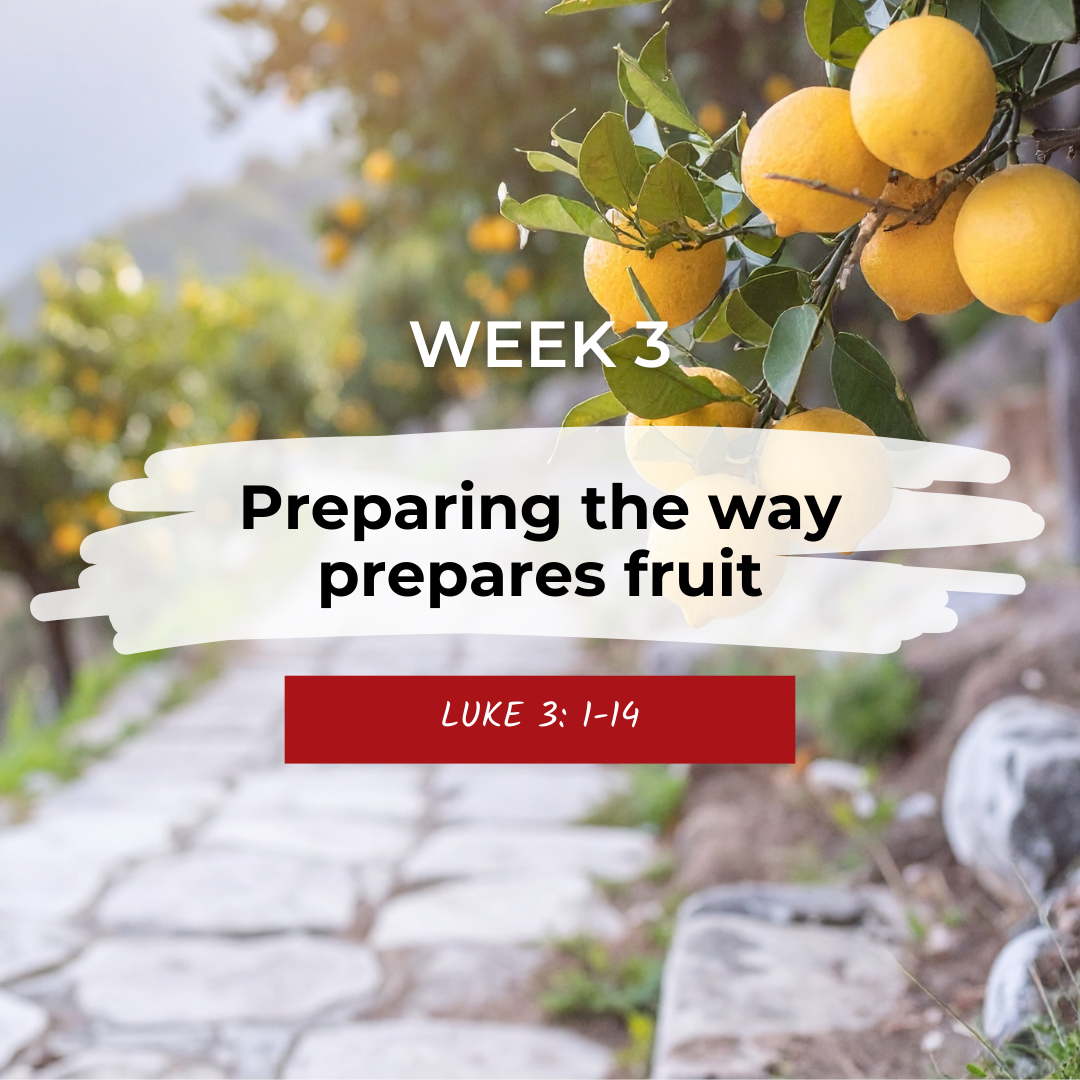Practicing what I teach – Aminur’s commitment to inclusive education
Stories | December 29, 2021
Janette Taga-An, Program Officer at CBM Australia, writes about Aminur, a pre-primary school teacher from Bangladesh. Below she illustrates how a CBM partner program strengthened Aminur’s approach to inclusive education and his ability to make a difference in the lives of the next generation.
“I have always wanted to be a teacher because I want to help children learn and have better future.”
Aminur is a pre-primary school teacher at a local primary school in Bangladesh.
A teacher in the making
Access to education was very difficult in Aminur’s village, so much so that he decided to become a teacher when he was a young child.
Aminur is one of the teachers trained by a CBM partner inclusive education project in Bangladesh. Working with the primary public education system, the project supports children and youth with disabilities to access, remain and complete their education in mainstream schools. The program also supports teachers with training and learning materials to improve quality and promote inclusion.
Picture this – a typical classroom in Bangladesh
In Bangladesh pre-primary is the first step of formal education and is open to children aged four to six. In his pre-primary class, Aminur teaches thirty students and five of these students have physical or intellectual disabilities.
“It was difficult at first to be teaching non-disabled children and children with disabilities in one class. I did not know how to deal with the different types of disabilities so I thought I wasn’t being effective as a teacher. But then came the training on inclusive education and classroom management. These made a lot of difference and I have seen positive changes in my students with disabilities.”
Changing a classroom to initiate inclusion
Following his training, one of the changes that Aminur made was to his class seating arrangements. They now take into account the needs of students and help them retain focus.
“I also familiarise myself with the students’ learning styles so there is variety of activities and everyone can participate. For example, there are students who are good with numbers, writing, drawing, singing and handicrafts. I encourage my students to express themselves in the way they know how and support them.”
Aminur is also a strong proponent of the peer-to-peer approach; pairing children with disabilities with children without disabilities, so both have the opportunity to learn together.
“One of the lessons I have learned from this experience is that with appropriate support, children with disabilities can participate along with non-disabled children in class. This has been proven in my class.” Aminur also stressed the importance of refresher training for teachers to help develop expertise.
At CBM Australia we are privileged to meet committed teachers, like Aminur. He is one of many in the field who practice the very training with which he has been equipped.
Together, their efforts have a tremendous impact on the lives of children with disabilities, ensuring that they benefit from an education alongside their peers.
Read more about inclusive education in schools.
https://www.cbm.org.au/stories/inclusive-education-aminur
Related Stories

Advent 2025: Jesus’ way leads to fullness
The way of Jesus gives people freedom and empowers them to live out their God-given purpose. The last few weeks...

Advent 2025: Preparing the way produces fruit
John the Baptist called people to prepare for God’s presence through repentance and by producing fruit (acts of justice,...

From sports to advocacy – the journey of the Isiolo Umbrella Disability Group
The Promoting Inclusive Delivery of Eye Care (PRIDE) Project is a...
